Can I use the power from a computer USB port to run my board?
YES, providing you remain within the intial power delivery limit, or negotiate a higher current from the port (more work).
You need to understand the Power Delivery (PD) spec, but you could start reading here.
To prevent backflow of power you would typically use a series FET within your power supply.
Obviously there are many existing USB peripherals (which are themselves embedded systems) that connect to USB. One problem you face is that if you have to negotiate higher current, then there may be a problem when the Host computer sleeps, or powers off. You might lose power under various circumstances that may be difficult to manage.
One suggestion to consider if you are building a professional solution is to tap into +5VStandby. This requires a plug in board within the computer, but allows power all the time except when unplugged. I use this to run a Raspberry Pi from my computer, and it is always on.
If you are using relays within you embedded system then you obviously handle any back-EMF problems within your board. No other implications exist for the upstream power other than staying within the power rating.
NOTE: As suggested in another answer you should NEVER parallel USB port power connections.
